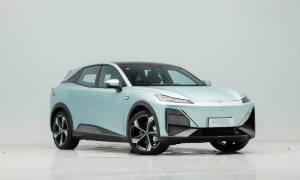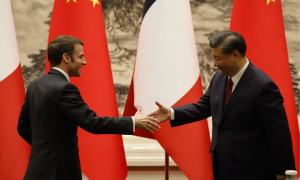KARACHI: In two months’ time, the automotive industry is poised to hit the halfway mark of FY24, representing a new 20-year low in newly-assembled car sales.
This fiscal year is on track to see approximately 81,000 units sold, a significant drop from the 20-year annual sales average of around 174,000. The downward trend continues in 4MFY24, with overall volumes plummeting by 44 percent.
October 2023 saw a further 26 percent decline in sales compared to the previous month, marking a 50 percent drop from October last year. Over the last four months, the Pakistan Automotive Manufacturers Association (PAMA) reported an average monthly sale of 6,790 units, encompassing passenger cars, LCVs, and SUVs. Notably, the share of passenger cars has decreased from 85 percent in FY21 to 77 percent in the ongoing FY24, as SUVs and LCVs gain more traction among buyers.
Assemblers are visibly grappling with diminishing demand, leading them to temporarily shut down factories due to the dry market. In a bid to attract customers, they’ve resorted to price reductions and diverse deals, but the October 2023 sales indicate a hesitancy among potential car buyers, suggesting they’re waiting for a better market scenario.
Many car buyers have stepped back due to the high cost of borrowing, waiting for interest rates to drop before diving back into the market. This situation has led to a surge in cash purchases, with non-luxury buyers either using their savings or downsizing to smaller, more spirited and fuel-efficient options like the Alto, which stands out as the sole affordable choice in its class. Other similarly efficient vehicles in this category, mainly imported cars, come at a higher price point than the existing Alto variants.
Meanwhile, those still financially comfortable are exploring new SUV offerings across various price ranges. Vehicles like the Kia Sportage, Hyundai Tucson, and Sazgar Haval are gaining popularity, while newer Chinese entrants like BAIC and Chery are already showing signs of slowing down. Even in segments not solely driven by affordability or fuel efficiency, there’s a growing sense of fatigue within an industry that had shown immense promise since FY21. This segment is where manufacturers have heavily invested and continue to generate revenue. While this might not immediately sound alarm bells, it’s clear that the current industry landscape will leave scars and casualties in its wake.


























